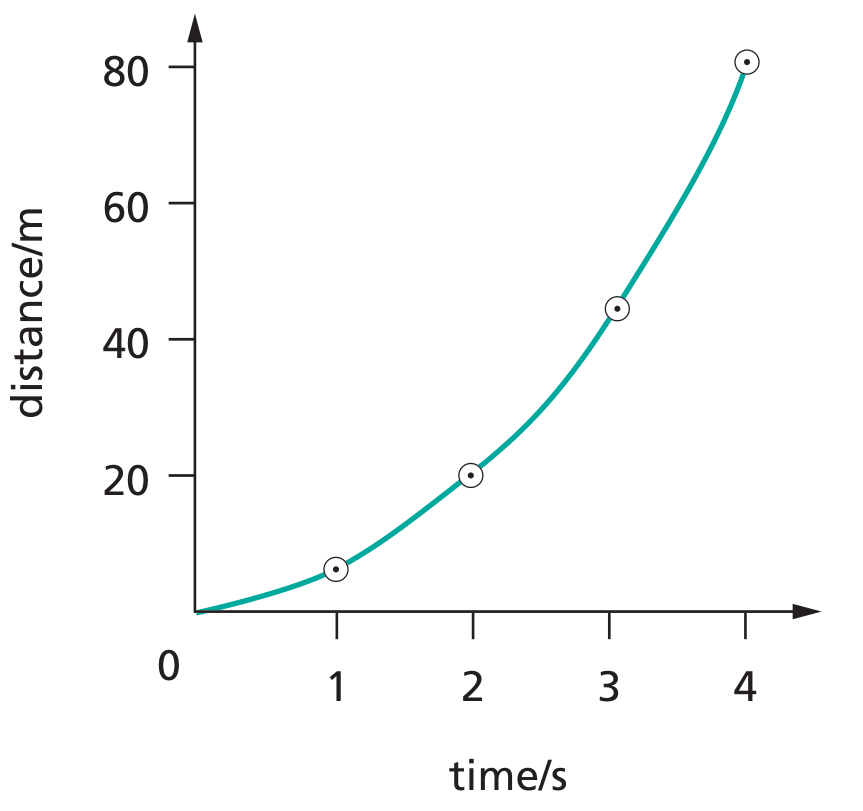Table of Contents
Gravitational Acceleration, $g$
Gravitational acceleration, often denoted as ($g$), is a fundamental concept in physics that describes the rate at which objects accelerate towards the center of the Earth when the only force acting upon them is gravity.
- It is also known as acceleration of free fall.
- It is a vector quantity, meaning it has both magnitude and direction—towards the center of the mass creating the gravitational field.
- This acceleration is approximately $9.8 \, \text{m/s}^2$ on the surface of the Earth, although the value often rounded to $10 \, \text{m/s}^2$ for simplification in some calculations.
Understanding Gravitational Acceleration

- Uniform Acceleration: Gravitational acceleration is a unique form of acceleration because it is constant near the Earth’s surface, affecting all objects equally, regardless of their mass. This means that if air resistance (and other non-gravitational forces) are negligible, all objects will increase their velocity by approximately $10 \, \text{m/s}$ or $9.8 \, \text{m/s}$ every second when falling towards the Earth. This is illustrated by the figure above.
- Direction of Acceleration: The acceleration due to gravity is always directed towards the center of the Earth, which we commonly refer to as “downwards.” This is why, in physics problems and equations of motion, $g$ is used to represent acceleration, with a positive sign when an object is falling and a negative sign when it is moving upwards, indicating deceleration.
- Applications in Equations of Motion: In kinematic equations, $g$ replaces the acceleration variable $a$. For falling objects, we use $a = g = +9.8 \, \text{m/s}^2$, and for objects projected upwards, $a = -g = -9.8 \, \text{m/s}^2$, to account for the deceleration as the object ascends.
Misconceptions and Clarifications
- Mass Independence: A common misconception is that heavier objects fall faster than lighter ones. However, the acceleration due to gravity is independent of the mass of the object. This principle, illustrated by Galileo’s experiments, demonstrates that without air resistance, a feather and a bowling ball would fall at the same rate. (More on this below)
Air Resistance & Terminal Velocity
When objects fall through the air, they encounter air resistance or drag, which opposes the motion of the object. As an object accelerates due to gravity, its velocity increases, and consequently, so does the air resistance acting against it.
Dynamics of Falling Objects with Air Resistance
- Increasing Drag Force: The drag force acting on a falling object increases with its velocity. This force acts in the opposite direction to the object’s motion, reducing the net acceleration until a point where the drag force equals the gravitational force acting on the object.
- Terminal Velocity: This balance of forces results in the object reaching a constant velocity, known as terminal velocity, where the acceleration becomes zero because the net force (or resultant force) acting on the object is zero (due to Newton’s Second Law Of Motion: $F = ma$). The terminal velocity of an object depends on its shape, size, and mass, as well as the density of the air it’s falling through.
Factors Affecting Air Resistance
- Speed and Surface Area: The magnitude of air resistance depends on the speed and surface area of the object. The greater the speed and the larger the surface area, the higher the air resistance. This explains why objects with larger surface areas or those moving at higher speeds experience more drag, altering their falling dynamics compared to objects with smaller surface areas or lower speeds.
Practical Examples and Applications
- Parachutes and Skydiving: The concept of terminal velocity is crucial in understanding how parachutes work. Parachutes increase the surface area of the falling object (in this case, a person), significantly increasing air resistance and thus reducing the person’s terminal velocity to a safer speed for landing.
- Sports Dynamics: In sports, understanding air resistance and drag is essential for optimizing performance in activities like cycling, skiing, and automobile racing. Athletes and engineers design equipment and adopt postures that minimize air resistance to achieve higher speeds and better performance.
Video Showing “Absence Of Air Resistance”
Check out the video below: (Skip to 1.25 min mark for the “with air resistance” part and 2.50 min mark for the “absence of air resistance” (vacuum) part.)
Older NASA video about the “ALL objects falls at the same rate in the absence of air resistance part”:
Worked Examples
Example 1
A stone is thrown upwards into the air. Assuming negligible air resistance, what is the magnitude and direction of its acceleration?
Click here to show/hide answer
The magnitude of its acceleration is $10 \text{ m s}^{-1}$ and the direction is downwards.
Example 2
A parachutist of mass 80kg descends vertically at a constant velocity of 3.0 m s-1. Taking the acceleration of free fall as 10 ms-2, what is
(a) the net force acting on him?
(b) the upward force acting on him?
Click here to show/hide answer
(a) Net force is 0. Because the parachutist is at constant velocity. The gravitational force acting on him equals the resistance force acting on him(air resistance).
(b)
$$\begin{aligned} m_1\times g &= F_1 \\ (80)(10) &= F_1 \\ F_1 &= 800 \, \text{N} \end{aligned}$$